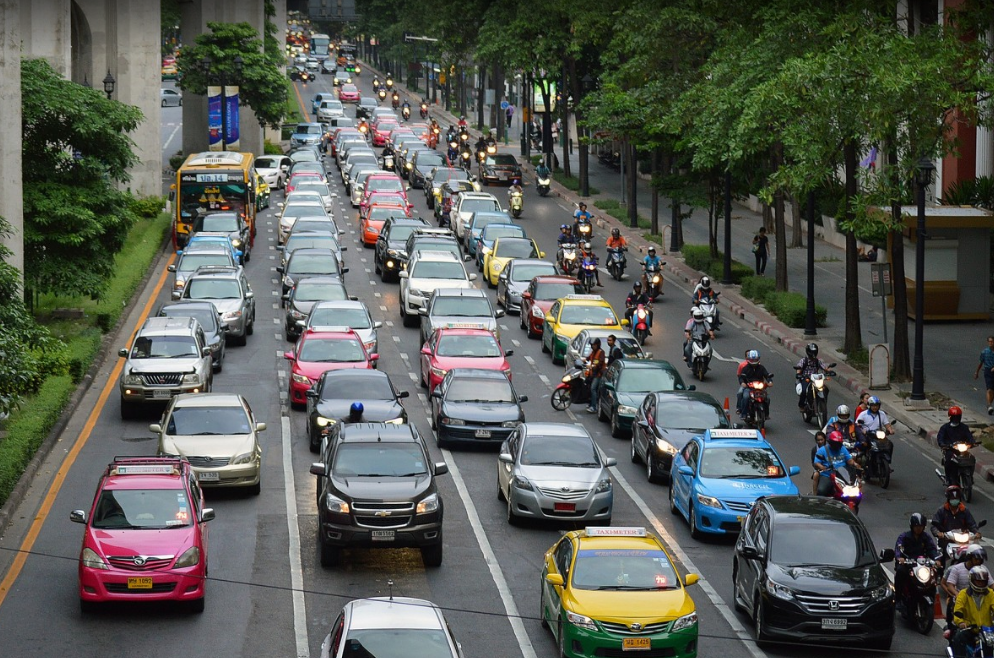The McKinsey Global Institute (MGI) report examines global supply chains and the ability of managers to protect them from the risks of supply chain disruptions. The threat itself has been discussed in the context of climate change in relation to food production and related industries, as well as the production of final consumer goods, including clothing and household goods. However, the restrictions imposed by countries in connection with the COVID-19 pandemic have spread the risks of supply interruptions to almost the entire global economy, affecting industries for which they were not previously significant (air transport, auto industry), and dramatically increasing the vulnerability of others.
MGI also calculated the “vulnerability rating” of industries from the changed risk picture. In terms of the aggregate indicator, the rating’s leaders (that is, the most susceptible to losses from climatic, geophysical and pandemic risks, as well as from cyberattacks and trade disputes) are manufacturers of communications, clothing, vehicles, fuel and energy companies and mining sectors, which account for $ 4.4 trillion global exports (about a quarter of all world trade) and a notable share of employment.
The evaluations were carried out for scenarios of a hard lockdown lasting one hundred days, while maintaining the opportunity to sell and closing the trade. In total, the effect of only the "production" lockdown is estimated at a loss of 30-50% of annual profits and recovery for most industries within a few years; stopping trading predictably lengthens the period of recovery growth at times. In a comparative analysis, the damage from the pandemic turned out to be three times greater ($ 30 trillion) than from the global armed conflict (hypothetical world war - $ 15 trillion) or the global financial crisis (2009 - $ 10 trillion).
Demonstrating the vulnerability of large companies, the authors of the report list all the key stages of the production process where disruptions can occur: from assessing demand to stability of supply, logistics and financial security.
source: mckinsey.com
MGI also calculated the “vulnerability rating” of industries from the changed risk picture. In terms of the aggregate indicator, the rating’s leaders (that is, the most susceptible to losses from climatic, geophysical and pandemic risks, as well as from cyberattacks and trade disputes) are manufacturers of communications, clothing, vehicles, fuel and energy companies and mining sectors, which account for $ 4.4 trillion global exports (about a quarter of all world trade) and a notable share of employment.
The evaluations were carried out for scenarios of a hard lockdown lasting one hundred days, while maintaining the opportunity to sell and closing the trade. In total, the effect of only the "production" lockdown is estimated at a loss of 30-50% of annual profits and recovery for most industries within a few years; stopping trading predictably lengthens the period of recovery growth at times. In a comparative analysis, the damage from the pandemic turned out to be three times greater ($ 30 trillion) than from the global armed conflict (hypothetical world war - $ 15 trillion) or the global financial crisis (2009 - $ 10 trillion).
Demonstrating the vulnerability of large companies, the authors of the report list all the key stages of the production process where disruptions can occur: from assessing demand to stability of supply, logistics and financial security.
source: mckinsey.com



















